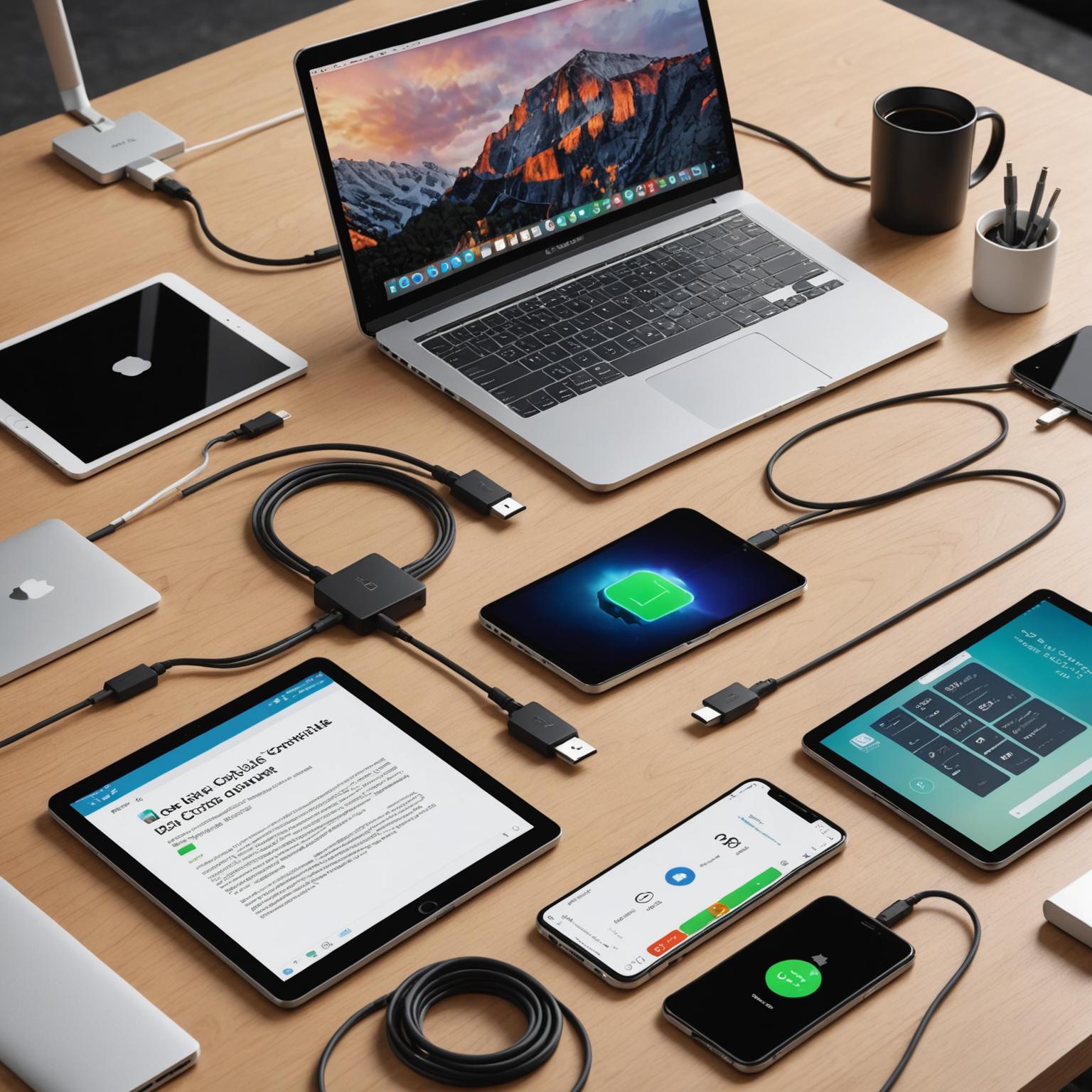This is our independent website, you can check out our products.https://pjcases.com
The evolution of digital connectivity has reached a remarkable peak with the universal adoption of the type-c data cable. This single, powerful standard has replaced a multitude of proprietary and older USB connectors, streamlining how we connect, charge, and transfer data across our devices. From smartphones and laptops to high-performance peripherals, the Type-C connector is a testament to engineering that prioritizes functionality, speed, and user convenience. Its reversible design was just the beginning; the true innovation lies in the advanced protocols and capabilities it supports, making it a cornerstone of modern technology infrastructure.

Understanding the Core Technology of USB Type-C
A USB Type-C cable is more than just its convenient, flippable connector. Beneath the surface, its 24-pin configuration is engineered for immense versatility. These pins allow it to support a wide range of data transfer protocols, including the legacy USB 2.0 (480 Mbps), the much faster USB 3.2 Gen 1 (5 Gbps) and Gen 2 (10 Gbps), and the cutting-edge USB4 and Thunderbolt 4 (up to 40 Gbps). This massive bandwidth enables tasks like transferring large video files in seconds or connecting multiple high-resolution –displays. Furthermore, the USB Power Delivery (PD) specification allows these cables to negotiate and deliver significant power, ranging from 15W for small devices up to 240W for gaming laptops and monitors, eliminating the need for bulky, proprietary power bricks. The technology also supports Alternate Modes, which allow the cable to carry non-USB signals, such as DisplayPort and HDMI, directly to a compatible –display without needing an adapter.
The Role and Technical Considerations of Extension Cables
For users who need to bridge a larger distance than their standard cable allows, a Type-C female to male cable serves as a practical extension solution. However, extending a high-performance connection like Type-C is not without its technical challenges. Extending the cable length can introduce signal integrity issues, potentially degrading high-speed data signals (above 5 Gbps) and causing connection instability or reduced transfer rates. Similarly, the added resistance of a longer cable can lead to a voltage drop, which may affect the efficiency of USB Power Delivery, preventing a device from charging at its maximum supported speed. When selecting a Type-C extension cable, it is crucial to choose a high-quality product with robust shielding and conductors, one that explicitly states its support for the required data speeds (e.g., 10 Gbps or 40 Gbps) and power rating (e.g., 100W PD) to ensure reliable performance and avoid damaging connected devices.
Navigating Cable Specifications for Optimal Performance
Not all Type-C cables are created equal, and choosing the right one is critical for unlocking your devices’ full potential. A basic type-c data cable included with a smartphone may only be rated for USB 2.0 data speeds and standard charging. Using such a cable to connect an external SSD to a laptop would result in a significant performance bottleneck. To ensure you get the performance you need, it’s essential to examine the cable’s specifications or certifications. A high-performance USB Type-C cable designed for data-intensive tasks will often be marked with the USB-IF logo indicating its speed (e.g., a SuperSpeed 10 or 20 logo) or a Thunderbolt icon for 40 Gbps speeds. For video output, the cable must support the necessary Alternate Mode. By matching the cable’s capabilities to the requirements of the task and the devices involved, users can guarantee a seamless and efficient experience, whether for fast charging, high-speed data synchronization, or driving an 8K –display.
Conclusion: Ensuring Quality and Compatibility
The USB-C standard represents a complex and powerful ecosystem. Its ability to handle high-speed data, significant power, and video simultaneously makes it an unparalleled connectivity solution. Whether using a standard USB Type-C cable for daily charging or a specialized Type-C female to male cable to extend your workspace, understanding the underlying technology is key. Always opt for certified, well-built cables from reputable manufacturers to ensure safety, compatibility, and the high performance your modern devices are designed to deliver. This careful selection ensures the integrity of your data and the longevity of your hardware.
